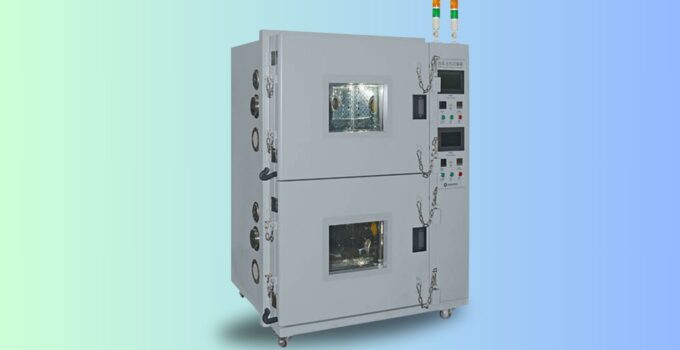An environmental test chamber is a sophisticated device used for testing the effects of specific conditions on biological items, industrial products, materials, and electronic devices. These chambers can simulate a wide range of conditions, such as extreme temperatures, humidity levels, radiation, and even air pressure. Their primary purpose is to ensure that products are robust and reliable under harsh conditions.
Understanding Environmental Test Chambers
The core function of an environmental test chamber is to replicate the conditions that a product might face during its lifecycle. For instance, a smartphone might be tested in a chamber to see how it operates in high humidity or freezing temperatures. By exposing products to these conditions in a controlled setting, manufacturers can identify and rectify weaknesses before the products reach consumers.
Types of Environmental Test Chambers
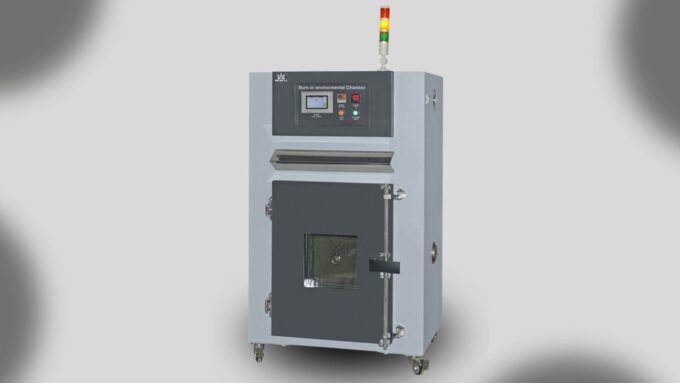
There are several types and each designed to simulate specific conditions:
- Temperature Chambers: These test the effects of extreme temperatures. They can rapidly switch between extreme heat and cold, testing how a product behaves in these conditions.
- Humidity Chambers: These are used to test the effects of different humidity levels. This is crucial for testing products that will be used in humid or damp environments.
- Thermal Shock Chambers: These are designed to test the resilience of products to sudden temperature changes. This is done by quickly moving the item between two chambers with drastically different temperatures.
- Altitude Chambers: They simulate high-altitude conditions like low pressure and oxygen levels. This is especially useful for testing aerospace components or devices used in mountainous regions.
- Salt Spray Chambers: These test corrosion resistance by exposing products to highly saline or corrosive atmospheres.
- UV Chambers: These simulate the effects of sunlight, particularly UV radiation, to test how products will fare with long-term exposure to sunlight.
The Importance of Environmental Testing
Environmental testing such as the one offered at Bell, is crucial for product reliability. It ensures that products can withstand extreme conditions, which is particularly important for safety-critical components like those used in the aerospace, automotive, and medical industries. For example, a pacemaker must function reliably within the human body, where conditions are warm and humid.
How These Machines Work
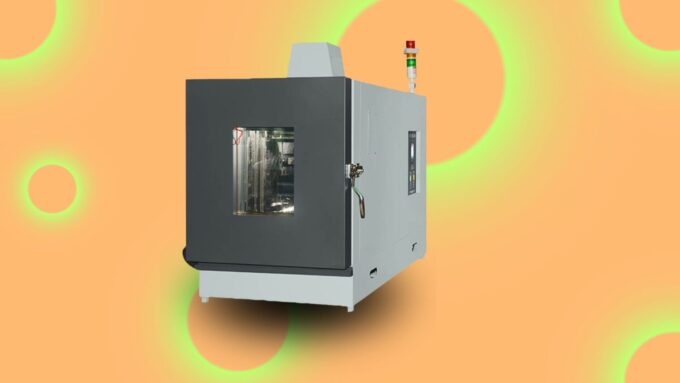
They work by controlling various factors like temperature, humidity, and pressure. These machines have insulated walls and are equipped with heaters, coolers, humidifiers, and other components to create the desired environment. Advanced chambers can create complex sequences of conditions to simulate how a product would perform over time.
Selecting the Right Test Chamber
Selecting the right test chamber depends on the product’s intended use and the conditions it will face. Factors to consider include the range of temperature and humidity needed, the size of the chamber, and specific test requirements like the need for rapid temperature changes or UV exposure.
Test Chambers in Research and Development
In research and development, these machines play a vital role in product design and improvement. They allow engineers to test prototypes under various conditions, providing valuable data on how to improve product durability and performance. This testing leads to higher quality, more reliable products.
Future Trends in Environmental Testing
The future of environmental testing is likely to see advancements in technology, leading to more precise and versatile test chambers. Innovations may include better sensors for accurate measurement of environmental conditions, more efficient cooling and heating systems, and integration with computer systems for automated testing and data analysis. As products become more complex and the demand for durability increases, the role of these machines is set to become even more critical.
The Role of Environmental Test Chambers in Quality Assurance
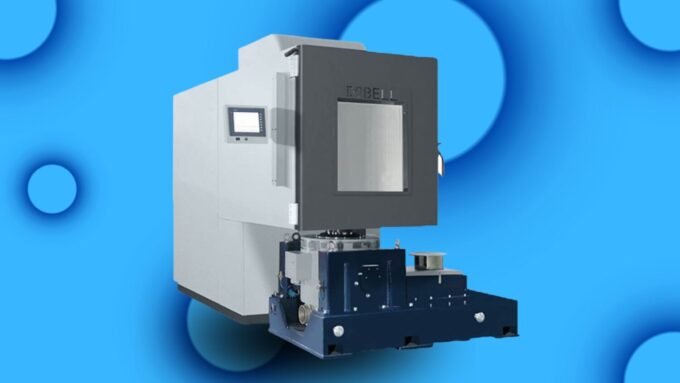
Quality assurance is a crucial aspect of product manufacturing, and test chambers play a significant role in this process. By rigorously testing products in various environmental conditions, manufacturers can identify potential faults and weaknesses. This process ensures that only products that meet the highest standards of durability and reliability reach the market, thereby protecting brand reputation and consumer trust.
Challenges in Environmental Testing
While these test chambers are invaluable tools, they also present challenges. One major challenge is replicating exact environmental conditions, especially for products that will be used in unpredictable or extreme environments. Another challenge is interpreting the results of environmental tests, which requires expertise in both the product being tested and the science behind the testing process.
Environmental Test Chambers and Sustainability
As global awareness of sustainability grows, environmental test chambers are increasingly being used to assess the environmental impact of products. This includes testing for energy efficiency, longevity, and recyclability. Manufacturers are using these chambers not only to ensure product durability but also to reduce environmental impact throughout the product’s lifecycle.
Customization in Environmental Test Chambers
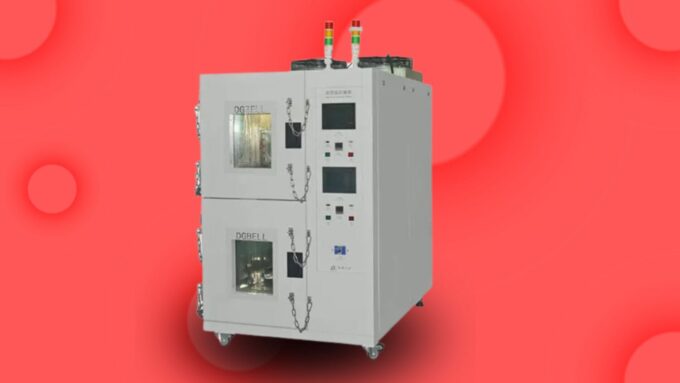
Customization is becoming increasingly important in environmental testing. Different products require different testing conditions, and off-the-shelf test chambers may not always be suitable. Customized chambers designed to meet specific testing requirements are becoming more common, allowing for more accurate and relevant testing.
The Impact of Environmental Test Chambers on Consumer Safety
Beyond product durability and performance, environmental test chambers have a profound impact on consumer safety. Products tested under extreme conditions provide assurance that they can be used safely in various environments. This is particularly crucial for medical devices, automotive components, and electrical appliances, where failure can have serious consequences.
By rigorously testing products for environmental resilience, manufacturers not only comply with safety standards but also contribute to the overall well-being and safety of end-users. In essence, environmental test chambers are not just tools for quality assurance; they are guardians of consumer safety, playing a pivotal role in ensuring that products used in daily life are not just effective, but also safe under diverse and challenging conditions.
Conclusion
Environmental test chambers are essential tools that play a significant role in product development and quality assurance. They provide manufacturers with the means to rigorously test products under a wide range of environmental conditions, ensuring that only the most robust and reliable products make it to the market.

